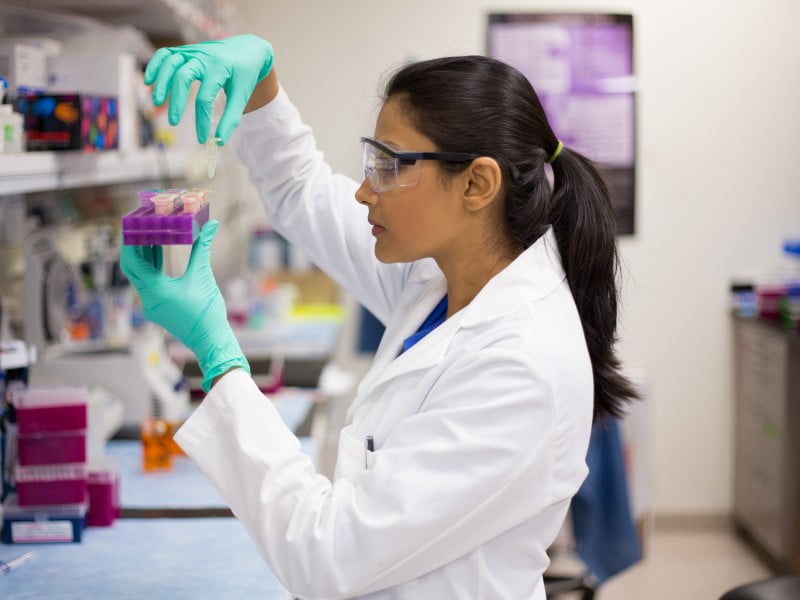The Australian Research Council has awarded $68.1 million in the latest annual round of the Linkage Program to 92 new research projects.
ARC acting chief executive Richard Johnson this week announced the recipients under the program, which targets national and international partnerships between researchers and business, community organisations and other publicly-funded research agencies.
Of the 92 recipients, 36 received funding under the 2025 ARC Linkage Infrastructure, Equipment and Facilities (LIEF) scheme and 56 were funded under ARC’s Linkage Project scheme 2024 Round 1.
Combining both programs, projects led by Victorian universities received the most funding($20.8 million), closely followed by New South Wales universities ($20.4 million). No funding was awarded to projects in the Northern Territory or Tasmania.

The 56 Linkage Project grants totaling $29.9 million mostly flowed to engineering, information and computing sciences, which represented $15.3 million in funding.
Remaining funding included $5.8 million across eight grants for biological sciences and biotechnology and $2.0 million across three grants for mathematics, physics, chemistry and earth sciences.
The largest Linkage Projects grant went to a research collaboration between the University of Melbourne and local BioTech firm Oz Omics. The team will develop a new drug to kill parasitic worms found in livestock animals for subsequent translation and commercialisation.
Dr Johnson said “the strategic research partnerships we support through the Linkage Program encourage the transfer of skills, knowledge, and ideas vital for enhancing Australia’s research capability and securing commercial benefits”.
Of the 36 LIEF project grants worth $38.2 million, 16 went to engineering, information and computing sciences, representing $14.7 million in funding.
Remaining funding included $9 million across six grants for biological sciences and biotechnology and $12.5 million across 11 grants for mathematics, physics, chemistry and earth sciences.
The largest LIEF grant is worth $1.9 million and went to Monash University. Lead investigator Professor Laure Bourgeois’ project aims to establish an open-access scanning transmission electron microscope for beam-sensitive materials, the first in Australia.
“This capability will enable the location and type of atoms critical to materials properties to be determined for materials as diverse as lithium-bearing minerals, next-generation solar cells and drug-delivery agents,” according to the ARC.
Dr Johnson said funding through the LIEF scheme “ensures the transfer of knowledge, skills and ideas as a foundation to strengthen the scale and focus of existing and emerging areas of research”.
Do you know more? Contact James Riley via Email.

